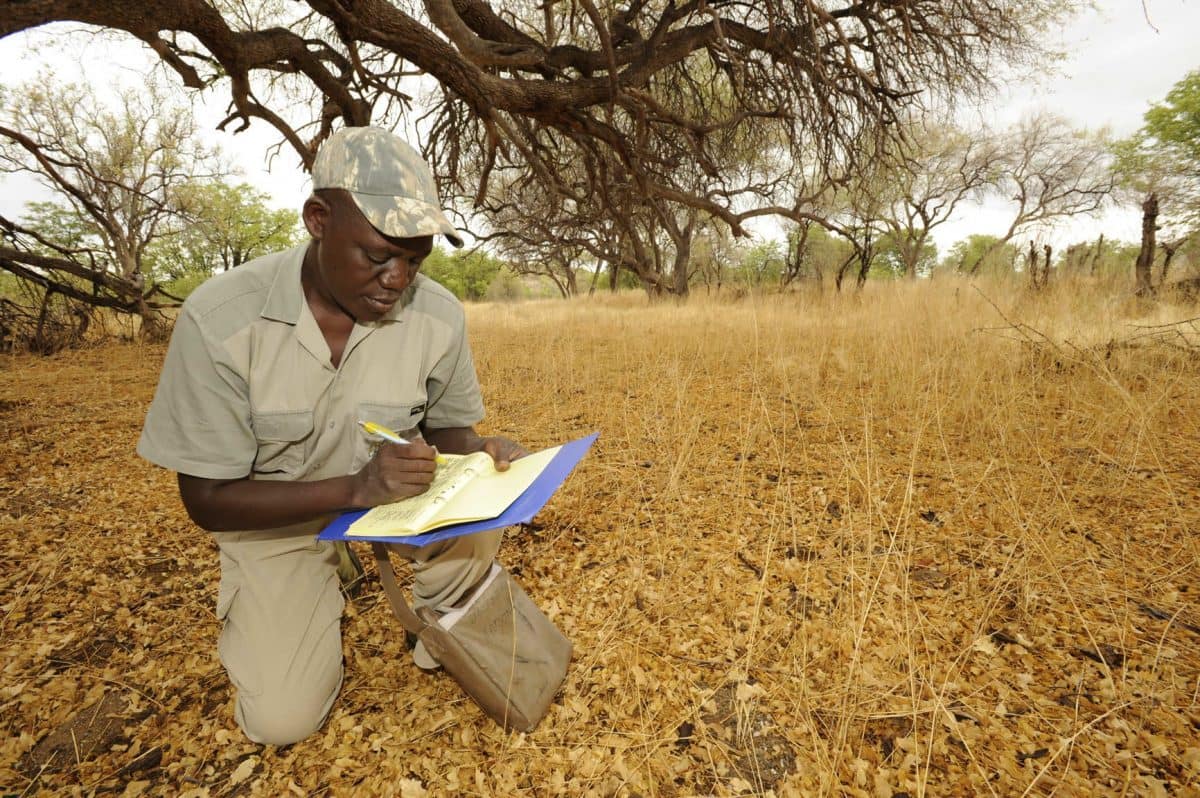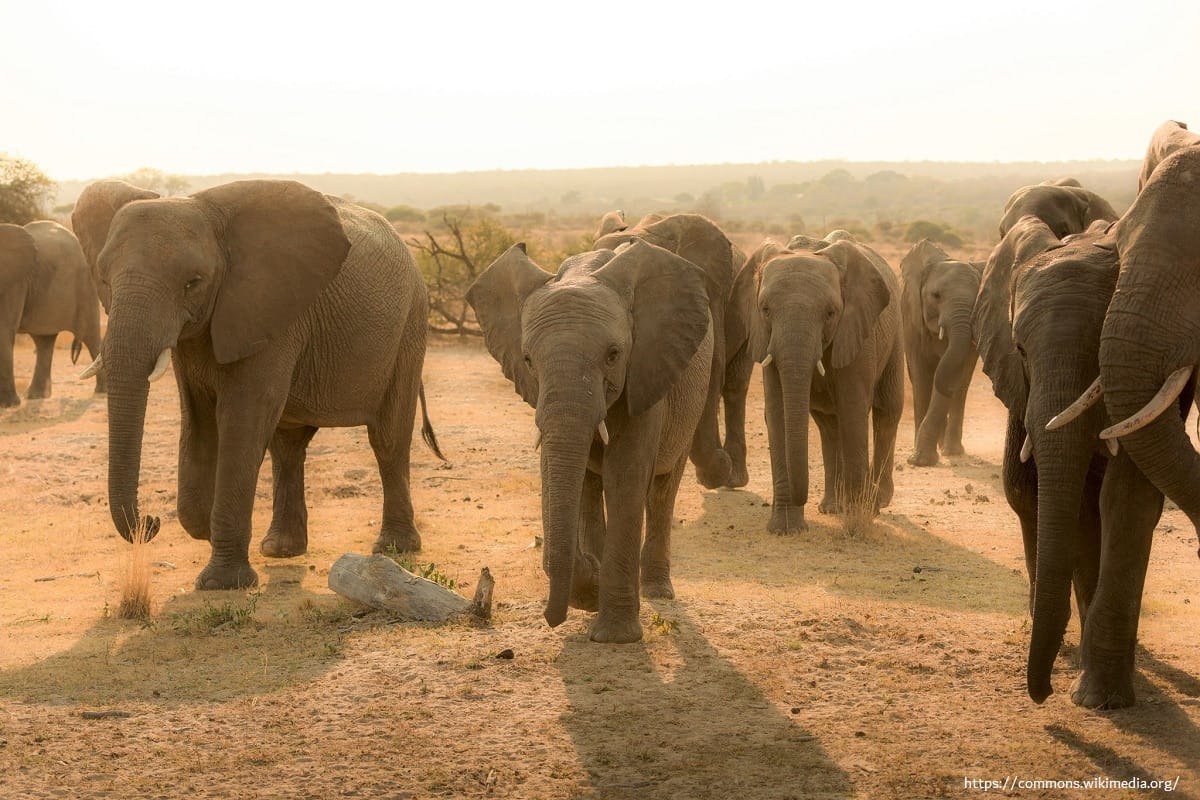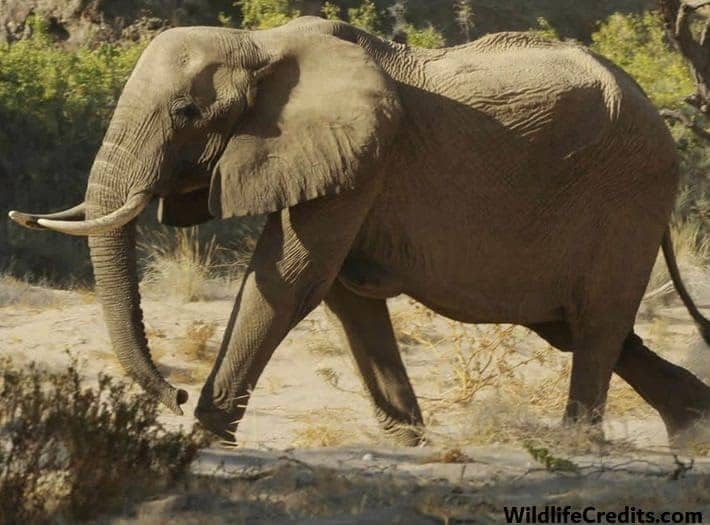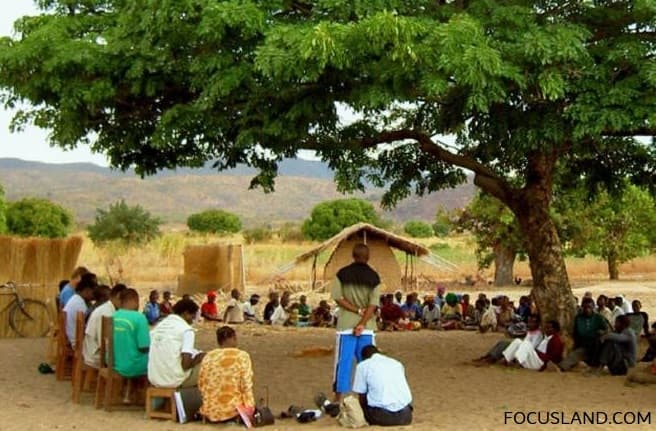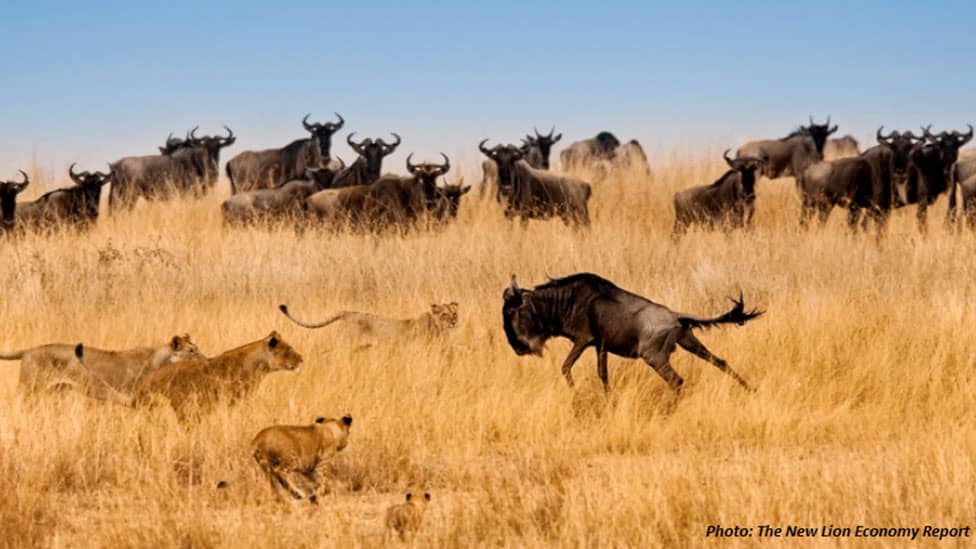
Rural Namibians respond to hunting campaigns – Current Conservation
Rural Namibians respond to hunting campaigns - Current Conservation “We depend on generating income from elephant hunting which we invest back into the conservation of the species. If we stop hunting elephants, poaching will rise because the conservancy will not have any income to contribute the livelihood of its community. We have about 40 people who are employed by the conservancy and their...

